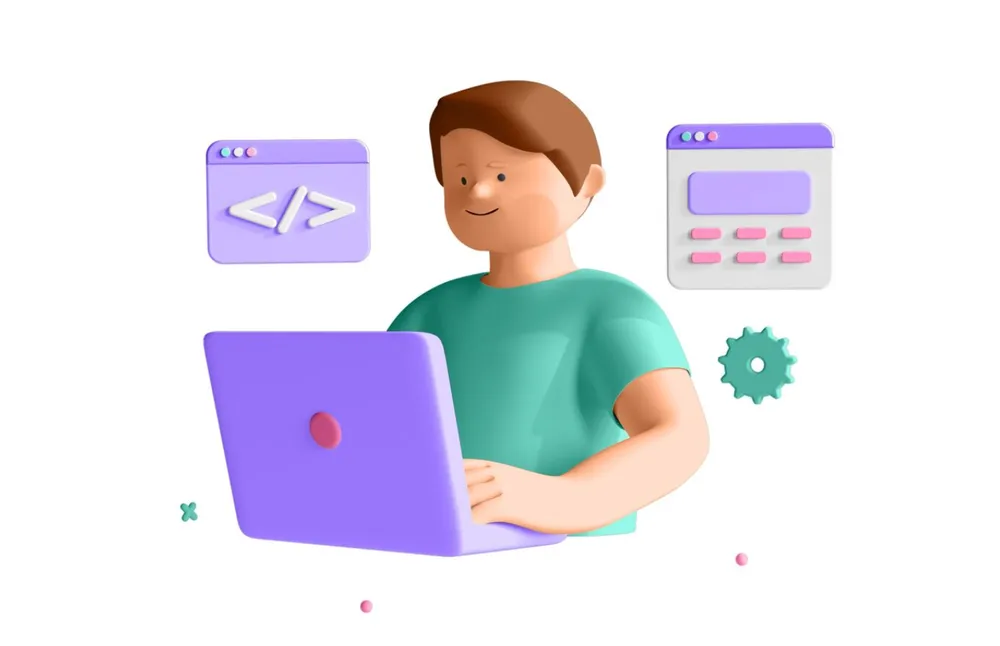
Every organization, irrespective of the industry, at some time or other, wants to conduct a survey (either internally and/or externally) for various reasons around gathering information or collecting feedback. Some of the common reasons for conducting surveys are:
- Salary benchmarking
- Proposed Change Buy-In
- Change Feedback
- Customer Feedback
- Demographic Information Collection
- ……
This entire survey deployment, data collection, data transformation, data analysis and reporting is a combination of art & science. Surveys are generally deployed for very specific objectives and are very contextual in nature.
Survey Design
Designing a survey is a systemic process which involves some key elements:
- What are the key objectives/goals of the survey?
- Who should be targeted to gather information/feedback?
- What channel will be used to conduct the survey?
- What is the deployment timeline?
- What is the follow-up plan of action?
It is important to design questions which are focused and have the potential to engage the respondents. The survey right at the start should clearly mention the objectives and also highlight the time commitment from the respondents so that they get to plan their time accordingly and may decide to get back later if required. One important factor to consider while designing individual questions is to ensure that they are not leading. The questionnaire flow and individual questions should help respondents to deep dive into stated objectives and should help them visualize the potential actions.
Response Data Transformation & Analysis
The objective of conducting a survey is to gather useful and reliable data in specific layouts/visuals, which can help draw conclusions / take decisions about the stated key goals. It is important to clearly define what data is needed. It’s equally important to define upfront the format and layout of the output data so that the appropriate steps can be designed and implemented to transform response data into the right layout for further analysis and reporting. As part of this step, ground rules should be set on what data will be used and what will be discarded. Some key rules that need to be defined:
- How will missing responses be handled?
- Is there any minimum number of responses required before data can be reported for any specific question?
- Are there questions or responses from specific roles which will be weighed more as compared to others?
- What kind of data is to be reported from open-ended text questions?
- Is there any type of data clubbing required or dependencies that needs to be considered as part of analyzing responses to different questions?
- What kind of QA framework be used to ensure output data quality (Data Completeness, any additional exception rules, text field summarization)?
- How to use the output of nominal responses?
- ……
There are several ETL tools which can be used depending on the complexity and volume of data that needs to be dealt with. Some of the commonly used tools are Excel, Talend, Python etc.
Response Reporting
Interactive Visualizations help in better understanding the responses and can support the decision-making process. There are different charts/graphs which can be created to visualize responses to different types of questions:
- Frequency Histogram to showcase the variation in choices for different respondents
- Use a pie chart to demonstrate the percentage of respondents selecting different types of responses for the same question.
- Stack Charts to demonstrate the incremental rate of responses
- Geographical displays to showcase biases/variations in responses
- Tables to summarize descriptive statistics for numerical responses
- ……
Use a heading for each of the graphs and tables that capture the essence of the visual. Commonly used tools for this purpose are R, Excel, Python, Tableau, Qlikview etc.
Conclusion
Finally, it is desirable to call out what do the survey results mean. Why do the findings matter, and how are they tied to survey goals? The conclusion should answer all of these questions. The conclusion should be able to summarize the entire survey process, from the formulation of survey goals up to the final actionable outcome.
There are some key elements which need to be considered while writing an effective conclusion:
- Focus on tying the outcome of the survey analysis with the goal
- Should be a synthesis of the survey result along with a summary of the entire process. It should clearly highlight the course of action associated with the initial objective. Arrange ideas in a logical order.
- It should be written in a matter-of-fact manner with an academic tone
- Call out any other data sources that are being used for the purpose of this survey
- Include information about the quality of results, such as standard errors, confidence intervals etc.
Have something to add to this post? Please share it in the comments! Contact at Incentius in case you would like to talk live. We at Incentius would be happy to act as a friendly, informal "sounding board". We can offer an ear and views based on our years of experience working in this area, and can also help with some ideas, contacts and solutions.











